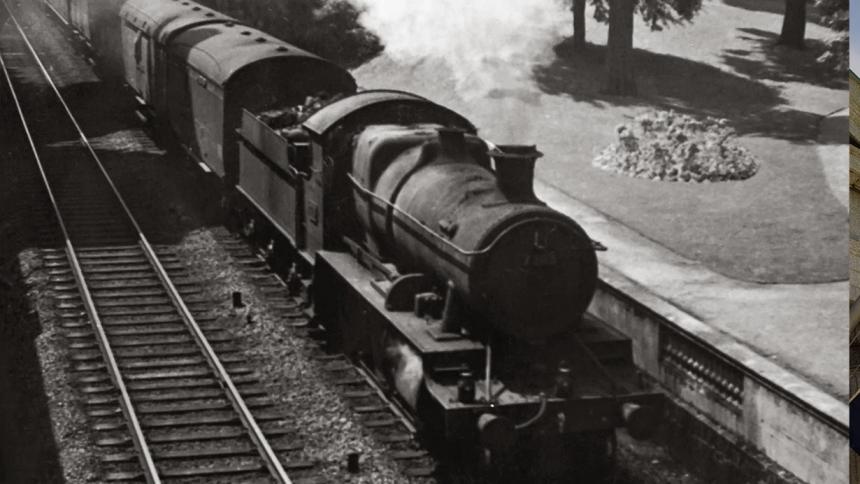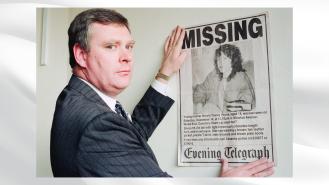
Unsolved: Three thrilling, chilling, and gruesome unsolved crimes
From Jack the Ripper, to the Wych Elm Bella: if there’s one thing that drives the true crime community it’s an unsolved murder mystery. Whether it’s the gruesome depths to which we as humans can sink to in hurting our fellow man, or the thought that the perpetrator still walks free amongst society - something about an unsolved crime captures the imaginations of generations of amateur sleuths. But while there are some crimes that live on in infamy, others go as cold as their lines of enquiry. Here are three unsolved British crimes that you might not have heard of.
Robert Pakington - 1536
Robert Pakington was a merchant and member of parliament. Living in London, Robert traded for one of the top 12 livery companies of the time - Mercer’s Company. Having been elected to parliament in 1533 and again in 1536, Pakington revealed himself to be anti-clerical - a radical stance in a time when the Church of England and the Catholic Church were struggling for power over the UK.
In December of 1536, Rober Pakington was crossing the street outside of his home in Cheapside when he was shot and killed with a handgun. His death is understood to have been the first murder of its kind in the City of London.
Despite the offer for a reward, Pakington’s murder went unsolved. With his openly anti-clerical rhetoric, fingers were pointed by all sides as to who was responsible for his murder. Protestant reformers believed that Pakington was killed by the Catholic Church and declared him a martyr, whilst another account had the Dean of the Church of England confessing to arranging the murder.
The Hoxton Horror - 1872
Described by the East London Observer, the Hoxton Horror was 'A double murder of a very shocking and mysterious character'. Widower and independent wholesale picture and print dealer Sarah Stone (73), lived and ran a business with her unmarried daughter, Christina (30), in their home at 46 Hyde Road, Hoxton.
On the afternoon of the 13th July William Eyre, a local boy, was sent to Sarah’s shop on Hyde Road to run some errands. After unsuccessfully knocking at the shop's door, William noticed that there were bloody marks around the counter in the shop. Concerned, William ran to the greengrocers across the road to raise the alarm. The police were called, and when they arrived they found the body of Sarah behind the register, and Christina in the passageway.
Both had received blows to the back of the head with Sarah seemingly taking the worst beating with seven blows to her head - one of which had severed an ear. Christina only received five blows to the head, but her face was so badly disfigured she was left unrecognisable.
When searching the house, the inspectors found it in a state of disarray. Drawers had been emptied, doors and windows opened, and even the clock in the living room had been pulled apart in search of something.
Whilst searching the home the officers discovered a brown paper bag under the sofa that contained a will that Sarah had recently written. With no weapon left at the scene it was difficult for the investigating officers to agree on who might have committed the murders.
Florence Nightingale Shore - 1920
Florence Nightingale Shore was the goddaughter of famed Crimean war nurse Florence Nightingale. A decorated WWI nurse herself, Florence Nightingale Shore had only returned to the UK from France a few months prior to her death.
Coming from a wealthy family meant that - like her namesake, Florence didn’t need to seek a profession, however, she took to nursing. As a humanitarian, she trained as a midwife but saw more time in military practices. Her bravery was remarked upon, and she became a decorated veteran - refusing to leave her infirmed patients during air raids and choosing to stay with them despite the risk to herself.
Having retired from the Queen’s Nurses, Florence was travelling from London to Hastings to visit a friend shortly after her return to the UK. Florence was seen off at the station by a friend. She was joined in her third-class carriage by a young clean-cut man in a suit. Later that afternoon two men entered the carriage where they witnessed Florence sleeping heavily opposite them. After some time they realised that Florence was, in fact, badly injured and raised the alarm just before the train arrived in Hastings. She was taken to an infirmary but died a few days later. She never regained consciousness.
It was determined that she was killed by three blunt force blows to the back of the head. The motive was assumed to be robbery as all of Florence’s money and jewellery was missing. While the young man seen entering the carriage at London was suspected of the murder, there was uncertainty as to who he was. No suspect was ever questioned, and the case remains unsolved.







